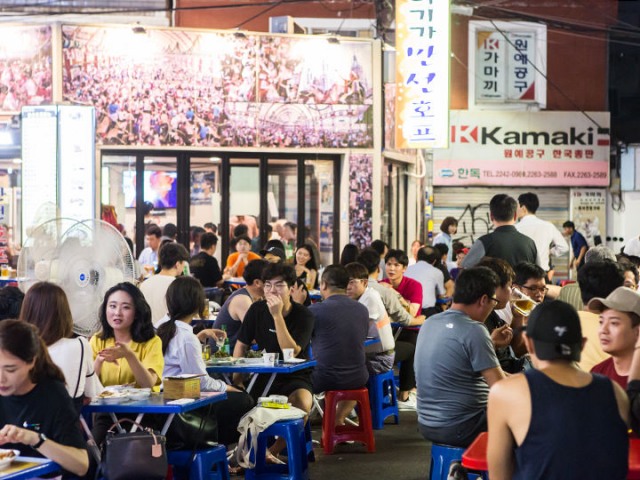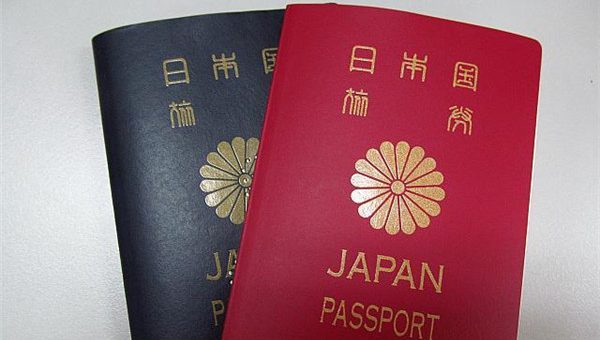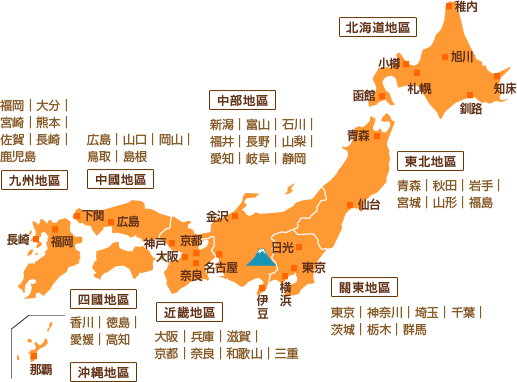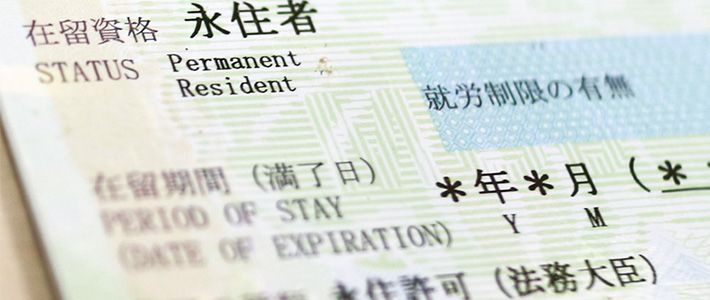As of September 2023, most countries have lifted their border restrictions imposed due to the new coronavirus infection, and the demand for international travel continues to increase.
Especially since last year, South Korea has allowed visa-free entry, and it seems that more people than ever are enjoying traveling to South Korea.
On the other hand, many South Koreans will choose Japan as their outbound travel destination this year. Recently, it is said that many South Koreans are not traveling to tourist destinations but are enjoying travel for purposes such as "hobbies" or "culture." But what kind of "culture" is popular exactly?
Therefore, this time, we surveyed Generation Z, who appreciate each other's culture, and introduced travel trends between Japan and South Korea based on data from visits to both countries.
In 2023, the travel destinations will be "South Korea Tourism" and "Japan Tourism," and the number of people traveling between the two countries will rapidly increase
According to the "April 2023 Foreign Visitors Statistics in South Korea" released by the Korea Tourism Organization in May this year, there were 128,000 visitors from Japan, an increase of 57.5 times compared to last year.
This may be because the data was collected during the golden period, but even when categorized by country, the number of Japanese tourists was the highest.
According to a "Korean Tourism Trends" survey conducted by Japanese travel agency H.I.S., this year, reservations for Korean cities such as Seoul and Busan are high. Among people in their twenties from Japan, an overwhelming 36.5% chose Seoul, and among those in their twenties and younger, about half (48.3%) did, indicating strong support from the socially native Z generation. (Generation Z, often referred to as Gen Z, is commonly defined as those born from the mid to late 1990s, with the early 2010s as the ending birth years.)

Meanwhile, in May, the Japan National Tourism Organization (JNTO) announced that the number of foreign visitors to Japan (estimated for July 2023) was 2,320,600 people. Among foreign visitors to Japan, South Koreans were the largest group, with 626,000 South Koreans visiting, an increase of 30.7 times compared to the same month last year.
Similar to Japanese travelers, most South Koreans visiting Japan are young people in their teens to twenties. The results clearly indicate that the Z generation in both Japan and South Korea enjoys traveling to each other's countries.
What is the "culture" popular among the Z generation in Japan and South Korea?
To inquire about the travel situation between Japan and South Korea, Japanese media interviewed Yujin and Mina, who have been in Japan for five years, as well as Emi, representing Japan's Z generation (all three are young people in their early twenties).
Japanese anime remains popular
Interviewer (referred to as "I"): Eugene and Mina, you have been living in Japan, but have your Korean friends also come to Japan?
Yujin (referred to as "Yu"): Because South Korea is so close to here, it's very convenient to come here, but due to the appreciation of the Korean won and the depreciation of the Japanese yen, more of my friends have been coming to Japan.
I: Exchange rates do have an impact. By the way, what is the purpose of your visit this time?
Yu: Japanese anime has been popular for a long time, but recently things like "呪術廻戦 (Jujutsu Kaisen)" and "チェンソーマン (Chainsaw Man)" have become popular almost simultaneously with other Japanese trends. So, my fellow otaku friends decided to make a pilgrimage to Japan.

Mina (referred to as "Mi"): A few days ago, I talked about anime with a Korean friend. He said he loves "THE FIRST SLAM DUNK" so much that when he went to Shonan, there were many Koreans there, and he laughed. ("THE FIRST SLAM DUNK" is an animated movie based on "Slam Dunk," and the Shonan area appears in the film.)
I: Indeed, it has been reported that the total viewership of this movie in South Korea exceeded 4 million.
Mi: Yu also came to Japan because he loves Japanese anime; otaku enthusiasts have varying degrees of passion.
The fusion of Korean and Japanese, known as "ハンボノ語" (Hanbono-go), is becoming popular
Interviewer: I'm curious, did you start using "chan" to address Yu after coming to Japan, Miss Mi?
Mi: I was influenced by "Lucky Star (らき☆すた)" (laughs). In the anime, Shiraishi calls the protagonist "Konata-chan," and I thought adding "chan" was cute. But now, the mixed Korean-Japanese language "ハンボノ語" (Hanbono-go) is popular in South Korea. It's a blend of the Korean word "한국어 (Hanggo)" and the Japanese word "日本語 (Ilbono)," so even in Korea, people sometimes refer to her as "〇〇 chan."

Yu: The Korean term "御宅族" (otaku) also comes from Japanese "Otaku."
Interviewer: Eh! If that's the case, it seems like they can speak Japanese quite well locally.
Emi (referred to as "E"): I totally get it! I like "NewJeans (ニュージーンズ)," and when I went to Korea for an event in July, I could hear people around me speaking Japanese.
Interviewer: How do you use it, for example?
E: When I heard someone say "チンチャそれな" (literally "no mistake," meaning "that's right"), I couldn't believe my ears (laughs). The rest was in Korean, so at first, I thought I misheard.
Mi, Yu: "'Cincha~'” (Cincha = Japanese translation: "seriously")
E: See! That's how we mix Korean and Japanese! On the other hand, young Japanese kids are using Korean in photo booths.
Interviewer: That's interesting. Indeed, teenagers are using Hanbono-go as a fashionable language, so making it a common language among them could be a good idea.
“J-POP”和“City Pop”热潮持续
Yu: Isn't it about music? I think many people in Korea are learning about Japanese City Pop music and J-POP through "Night Tempo" (a Korean DJ and producer).
Mi: I discovered songs by artists like Maria Takeuchi and Machiko Watanabe through Night Tempo. I like Kenshi Yonezu and Daichi Miura, but recently, due to the retro trend, I've been digging into Japanese pop songs.

E: Wait a minute, as a Japanese person, I don't quite understand...
Yu: The nostalgic feeling is great, like what we call "emo" in Japan, but it's something new. Japanese-style izakayas are also popular in Korea, and they often play Showa era songs as background music.
Interviewer: Come to think of it, Miina was drinking Yamazaki whisky. I heard that Japanese whisky is also popular in Korea. How do Koreans react to it?
Mi: It's been popular for a while! More and more Korean bars stock brands like "Yamazaki," "Hibiki," and "Hakushu." Japanese whisky is so popular that they hardly have much stock. Although it's about twice as expensive as in Japan, everyone still drinks it (laughs).
Japanese seeking "beauty" and "K-POP" in Korea
E: Conversely, I think many Japanese people go to Korea for beauty treatments and K-POP. I have a friend who often goes to Korean clinics for skincare and plastic surgery.
Yu: Sometimes, getting treatment in Korea is cheaper than in Japanese clinics.
E: When I used to go to Korea before, I would often go to Myeongdong or other central areas for drinks, but recently, I went to Nogari Yokocho.
I've never really had fish-shaped pastries in Japan, but when I saw scenes of people eating in Nogari Yokocho in Korean dramas, I felt it was a very Korean-style place.

Yu: Indeed, my friends also mentioned that there are many Japanese people around Euljiro 3-ga Station. You seem to be quite familiar with Koreans.
E: I also like Korean fashion, and you can do that online, so there's no need to travel to Korea specifically for it.
Interviewer: Yes, their fashion and makeup styles have started to become similar, so it's difficult to distinguish Koreans from Japanese at first glance.
As the number of people who understand each other's cultures increases, the number of tourists also increases.
For Generation Z, SNS and YouTube have become a part of their lives, and compared to previous generations, the barriers to experiencing foreign cultures have decreased.
Now we can choose what interests us from all over the world, and understanding and sharing trends and cultures with each other has become commonplace, perfectly embodying the "diversity" of today's era.





